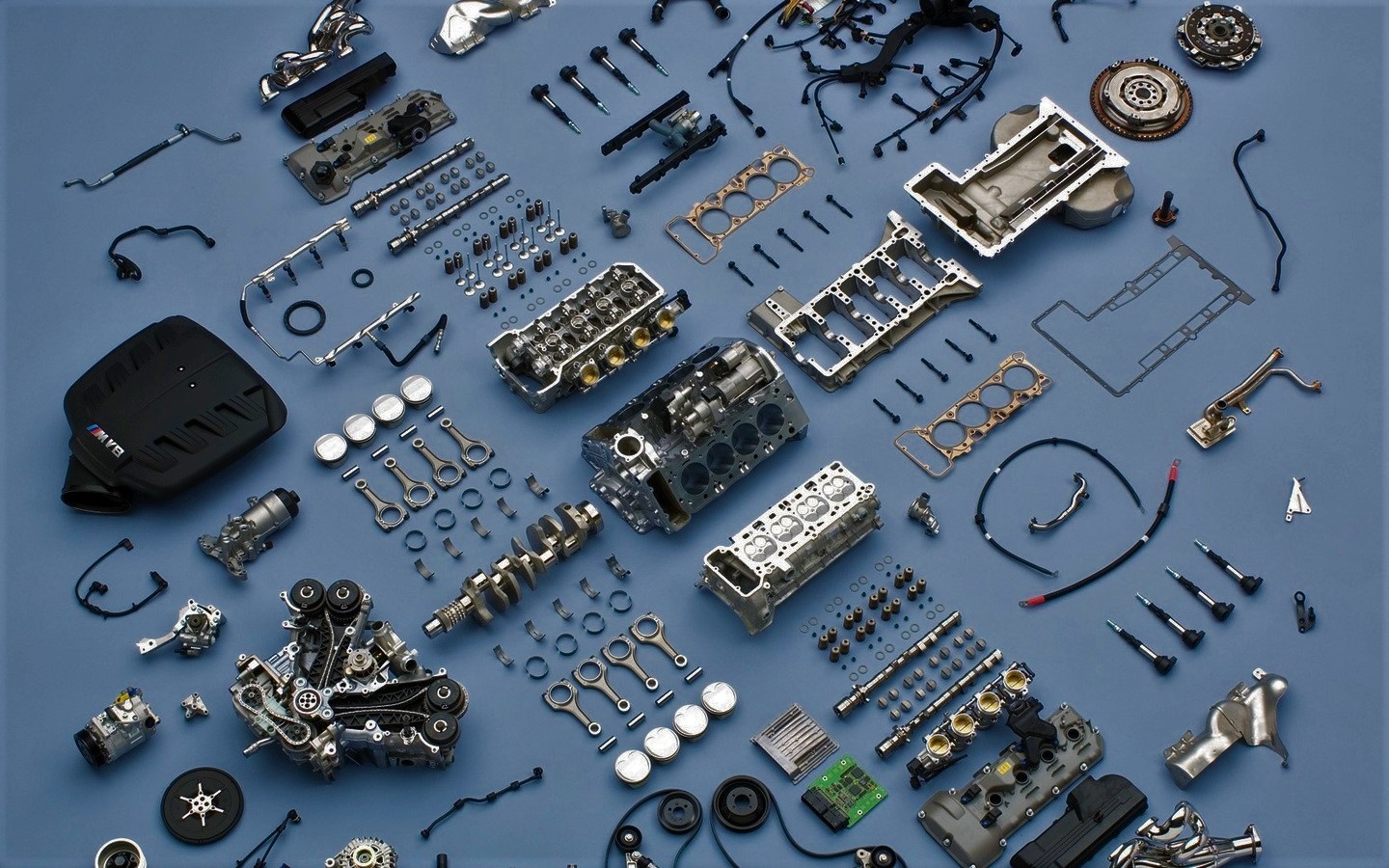
Abstract
This research aims to study the impacts of Thailand-Australia Free Trade Area (TAFTA) on automotive/ auto parts and accessories exporters in Thailand. The research focused on attitude of the Thai exporters before and after Thailand has announced and implemented the TAFTA. The samples of the research were 210 export companies which came from probability sampling and systematic random sampling techniques. According to the analysis, five consecutive years information of the Thai export trend were investigated in order to forecast the automotive/ auto parts and accessories export trend in the future while Paired Sample T-test and Kendall’s tau b Correlation were used to investigate the differences of means and the relation of TAFTA and the Thai exporters.
The findings indicate that after the introduction of TAFTA, there has been an increase in the placement of orders, the net profits, and the amount of exported products on the part of the Thai exporters. TAFTA has been showed to facilitate customs procedures. However, one of the drawbacks that the Thai exporters have experienced is the non-tariff barriers in the form of stricter testing methods and higher standards. This, in turn, has led to a higher competition level within the domestic market for automobiles, auto parts, and auto accessories. With respect to the exporters’ attitudes towards trade with Australia, the Thai exporters have been optimistic about the potentials for trade ties and joint ventures. In terms of business negotiations and governmental support, the Thai exporters have significantly given positive feedback following the introduction of TAFTA. Thus, it can be concluded that TAFTA, while making the domestic market more competitive, has produced a positive impact upon the Thai exporters. In the mean time, TAFTA has caused non-tariff barriers and these barriers have led the Thai exporters to inevitably encounter the increasing of cost as well as the complexity of exporting processes.
Published in
KKU Research Journal, Vol 15 No 10 (2010): October


